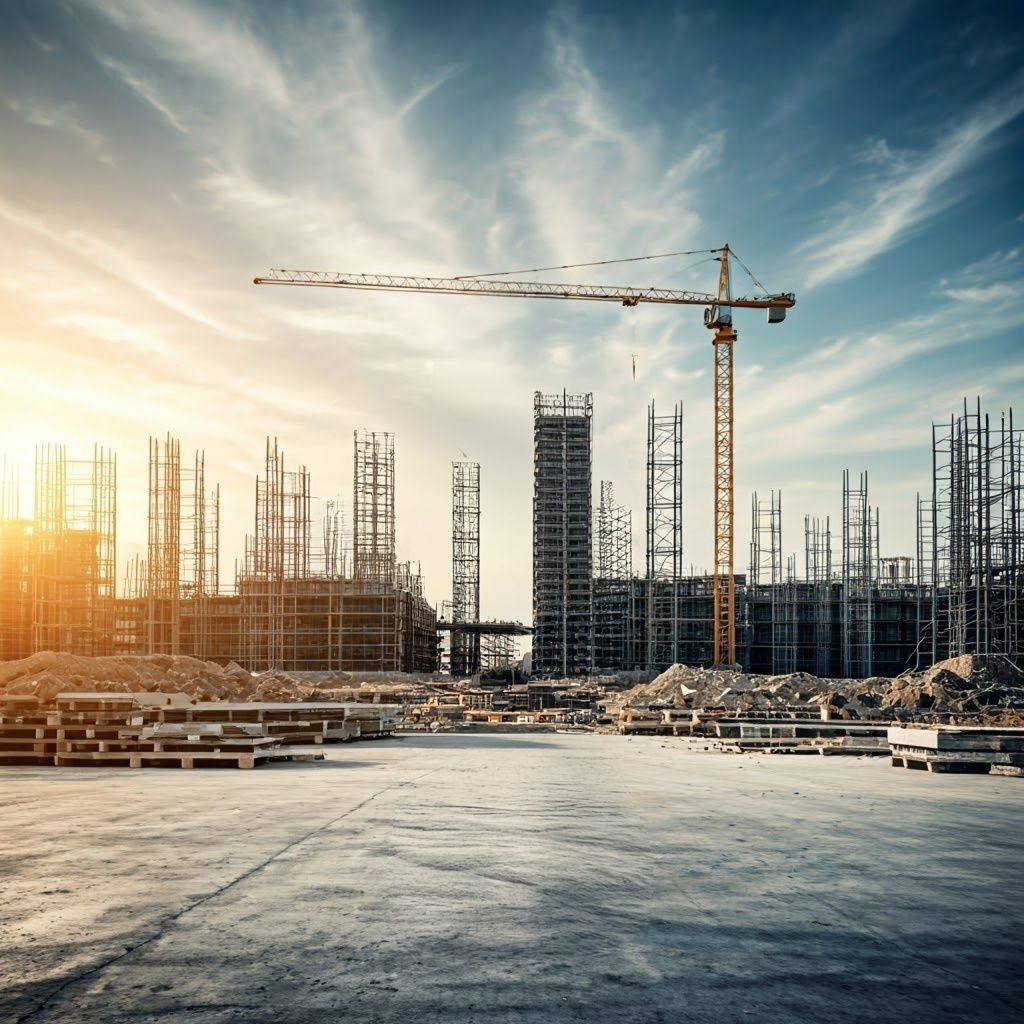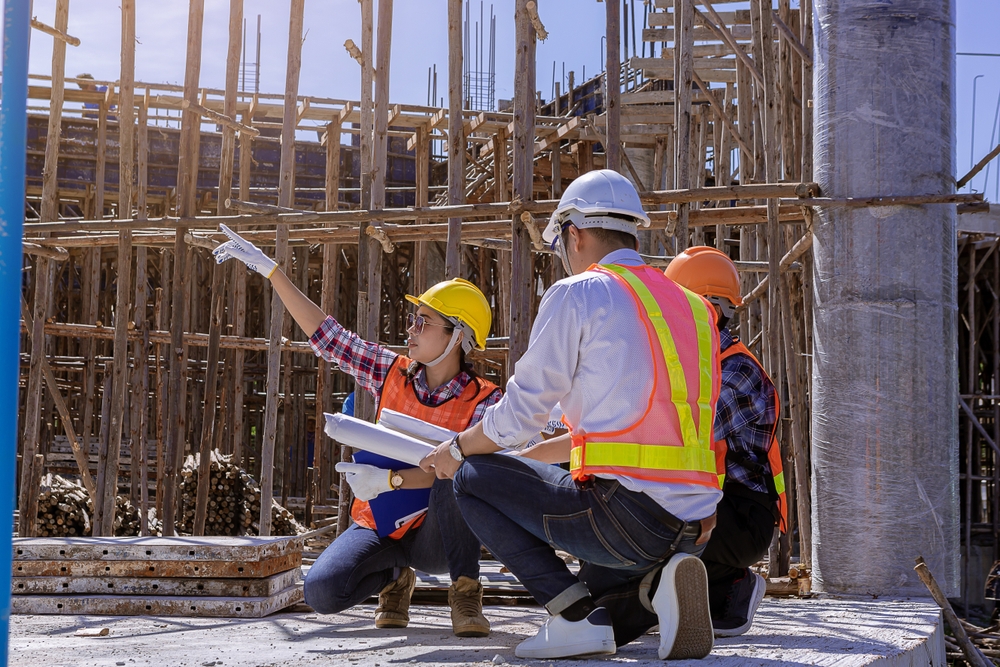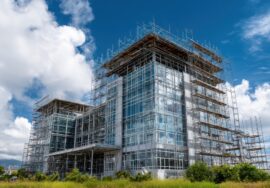Energy-Efficient Infrastructure: Building a Sustainable Future
Energy-Efficient Infrastructure: Building a Sustainable Future
In the face of climate change and growing environmental concerns, energy-efficient infrastructure has become a vital component of sustainable urban development. This concept refers to buildings, transportation systems, and other infrastructure that are designed to minimize energy consumption while maximizing performance. By incorporating energy-efficient strategies, cities and organizations can reduce their carbon footprint, lower operational costs, and create healthier, more sustainable environments.
In this blog, we’ll explore the importance of energy-efficient infrastructure, its key components, and how it contributes to a greener future.
What Is Energy-Efficient Infrastructure?
Energy-efficient infrastructure is a term used to describe the design, construction, and operation of buildings, transportation systems, and other urban facilities with a focus on reducing energy use. This involves utilizing advanced technologies, sustainable materials, and efficient systems to optimize energy consumption, reduce waste, and lower environmental impact.
The goal is not just to conserve energy but to create a sustainable, low-carbon economy that supports long-term environmental and economic health.
Key Features of Energy-Efficient Infrastructure
-
High-Performance Building Materials: Energy-efficient infrastructure often includes advanced insulation materials, double-glazed windows, and energy-efficient lighting systems. These materials help reduce heating and cooling costs by improving the thermal efficiency of buildings.
-
Renewable Energy Integration: Many energy-efficient buildings and infrastructure projects incorporate renewable energy sources such as solar panels, wind turbines, and geothermal energy systems to power the facility. By relying on clean, renewable sources of energy, these structures reduce their dependence on fossil fuels and lower greenhouse gas emissions.
-
Energy-Efficient Heating, Ventilation, and Air Conditioning (HVAC) Systems: Traditional HVAC systems can be energy-intensive, but modern, energy-efficient HVAC systems use less energy and optimize airflow to maintain comfort while reducing energy consumption. These systems also utilize smart technologies for energy management.
-
Smart Energy Management Systems: By utilizing IoT (Internet of Things) sensors and AI-driven technologies, energy-efficient buildings can monitor and control energy usage in real-time. These systems adjust heating, lighting, and other energy-consuming processes based on occupancy and usage patterns.
-
Water Conservation and Efficiency: Water-efficient systems, such as low-flow fixtures and rainwater harvesting, contribute to the overall energy efficiency of infrastructure by reducing the energy needed for water treatment and transportation.
Benefits of Energy-Efficient Infrastructure
1. Reduced Environmental Impact
The most significant benefit of energy-efficient infrastructure is its positive impact on the environment. By reducing energy consumption, buildings and infrastructure projects lower carbon emissions and decrease the demand for fossil fuels. This helps combat climate change and reduce air pollution, contributing to cleaner, healthier cities.
2. Lower Operational Costs
Energy-efficient infrastructure can significantly lower utility bills, helping businesses and homeowners save money over time. Energy-efficient buildings reduce the need for heating and cooling, leading to lower electricity costs. Additionally, smart energy management systems can optimize energy usage and reduce waste.
3. Enhanced Comfort and Health
Energy-efficient buildings create a healthier and more comfortable environment for their occupants. Proper insulation, air filtration systems, and natural lighting improve indoor air quality and reduce the risk of health issues such as asthma and allergies. Energy-efficient systems also ensure that the indoor temperature remains consistent, providing comfort year-round.
4. Increased Property Value
Buildings that incorporate energy-efficient technologies and materials tend to have higher property values. This is because energy-efficient buildings are more attractive to buyers and tenants looking to reduce their energy costs and environmental impact. Additionally, these buildings often meet the growing demand for sustainable living and working spaces.
5. Energy Independence
By integrating renewable energy sources, energy-efficient infrastructure reduces dependence on the grid and fossil fuels. This enhances energy security and resilience, particularly in regions where energy supply is unreliable or where energy costs are high.
6. Regulatory Compliance and Incentives
As governments worldwide set stricter energy efficiency standards and carbon reduction goals, energy-efficient infrastructure helps companies comply with these regulations. Additionally, there are often financial incentives, such as tax credits and rebates, for businesses and homeowners who invest in energy-efficient upgrades.

Strategies for Implementing Energy-Efficient Infrastructure
1. Green Building Certification
One of the most recognized ways to ensure that a building meets energy-efficient standards is by pursuing green building certification programs, such as LEED (Leadership in Energy and Environmental Design). These programs provide a set of criteria for energy-efficient construction and renovation practices, ensuring that buildings are environmentally sustainable.
2. Retrofitting Existing Buildings
While new buildings can be designed with energy efficiency in mind from the start, retrofitting existing buildings is equally important. Retrofitting involves upgrading old buildings with energy-efficient features like insulation, energy-efficient lighting, and HVAC systems. These improvements not only reduce energy consumption but also extend the lifespan of the building.
3. Smart Grids and Energy Storage
Energy-efficient infrastructure also includes the integration of smart grids and energy storage solutions. Smart grids use advanced sensors and real-time data to optimize the distribution of electricity, while energy storage systems, like batteries, store excess renewable energy for later use. This ensures a more reliable and sustainable energy supply.
4. Electric Vehicle (EV) Charging Infrastructure
As the adoption of electric vehicles (EVs) continues to rise, integrating EV charging stations into energy-efficient infrastructure is crucial. EVs are part of the broader move towards reducing transportation-related emissions, and having charging stations in strategic locations supports the shift towards greener mobility.
5. Sustainable Urban Planning
Energy-efficient infrastructure is also closely tied to sustainable urban planning. This includes designing cities that prioritize walking, cycling, and public transportation, which reduces the overall energy demand for transportation. Additionally, sustainable city designs incorporate green spaces, renewable energy solutions, and energy-efficient buildings to create a harmonious, eco-friendly urban environment.
Global Examples of Energy-Efficient Infrastructure
-
Masdar City, UAE: Masdar City is a prime example of energy-efficient infrastructure on a large scale. This sustainable city is powered by renewable energy, including solar power, and incorporates smart technologies to reduce energy consumption and promote sustainability.
-
The Edge, Amsterdam: Known as one of the greenest office buildings in the world, The Edge features a smart energy management system that optimizes energy use based on real-time data. It also incorporates solar panels, rainwater harvesting, and energy-efficient lighting to reduce its environmental impact.
-
Bullitt Center, Seattle: The Bullitt Center, often referred to as the “greenest commercial building,” is designed to be net-zero energy. It incorporates solar panels, rainwater harvesting, and an advanced HVAC system to minimize energy use while providing a comfortable and healthy work environment.
Conclusion
Energy-efficient infrastructure is a critical element in the transition towards a sustainable, low-carbon future. By reducing energy consumption, improving building performance, and integrating renewable energy sources, we can create environments that are not only more sustainable but also more cost-effective and comfortable. As cities and industries continue to prioritize energy efficiency, we move closer to a world that balances economic growth with environmental responsibility.
To learn more about energy-efficient solutions for your infrastructure projects, contact us.
Construction Industry in India
- One of India’s largest construction and engineering companies, Campus Construction Cost Optimization provides services including project management, cost control, and engineering consultancy. For detailed information on their offerings, visit. Construction Industry in India
Read more related articles to enhance your knowledge and make informed decisions
10 Essential Steps in the Building Construction Process
How to Choose the Right Materials for Your Construction Project









